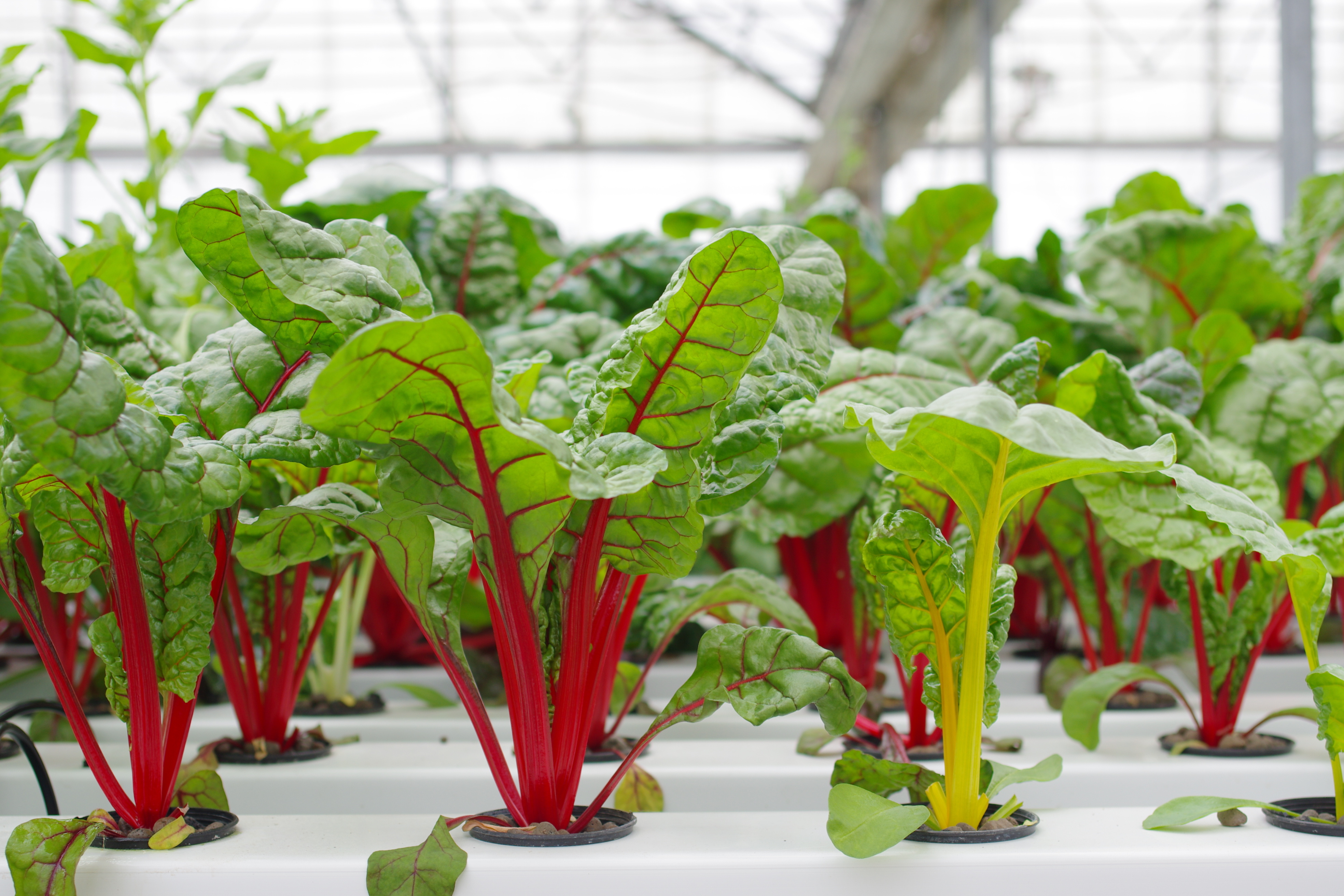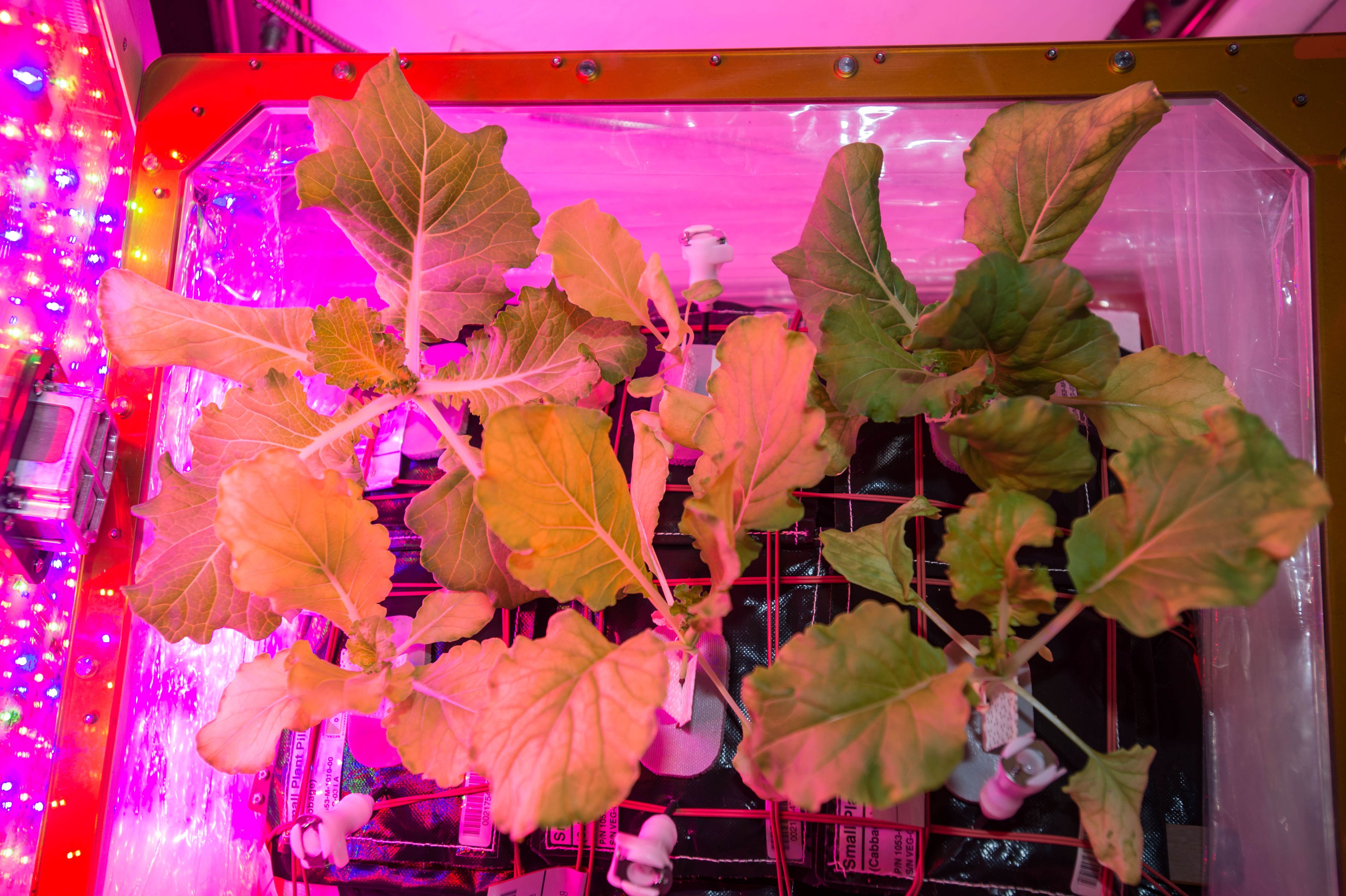Hydroponics & The future of food production/growth
Recycled glass can be used to grow plants and can increase quantity and quality of yields plus production of crops can be year around through a process is called Hydroponics!
Hydroponics is the science of growing plants without being reliant on using soil to provide nutrients, and instead feeding them via soluble nutrients in their water. Hydroponic techniques are suitable for all plants but usually used for the growth of salad vegetables such as lettuce or tomatoes.
All plant roots need oxygen (air) and the root zone in hydroponic cultivation must not only be moist and nutrient-rich but must also be very well aerated to ensure the plants are getting enough oxygen. Roots of most plants will die in stagnant water, you may have encountered this at home when over watering a houseplant with no drainage.
There has been renewed interest in this method following wider installation of living walls, roof gardens and other growing situations where conventional potting media is too heavy or bulky. The appeal of being able to grow your own food at home has also spiked attention towards hydroponics with companies such as IKEA now selling small hydroponic units, meeting the need for people that do not have a garden or the right conditions to grow food outdoors.
 Example of hydroponics
Example of hydroponics
The benefits of hydroponic farming go beyond the ability to grow plants in little to no soil:
- Increased productivity – Plants can be grown all year around, both indoors and out. Plants can be made to develop faster, produce larger yields and grow all year round by using nutrient solutions in their water, artificial lights and heaters to control the growing environment.
- Possibility to grow produce in areas not suitable for “traditional” farming. – Not relying on nutrient rich soil for growth and because nearly all environmental conditions can be controlled artificially, alternative growing spaces can be used such as underground or in a desert.
- Water efficient – Water in a hydroponic system is recirculated and recycled if not used first time around, therefore a hydroponic farm only uses 10-20% of the water a traditional “soil” farm would use.
- Space efficient – Due to plants not getting their nutrients from the soil plants can be placed closer side by side when using hydroponic growing techniques. Hydroponics also makes use of the vertical space where growing trays can be positioned above one another if artificial light is used.
- More eco-friendly – Crops can be grown in locations closer to the end consumers, this reduces the transport emissions. Also due to the controlled environment of a hydroponic farm the likelihood of pests is dramatically reduced, eliminating the need for pesticides.
Of course using hydroponics requires time, knowledge and money, but over time the initial costs will be rewarded as water consumption is lowered, and better yields are produced.
There are many hydroponic grow mediums (substrates) to choose from, each with their own unique features and benefits. We want to share with you one substrate that is made out of recycled glass, foam glass.
Foam glass is manufactured from recycled waste glass and is an excellent substrate for hydroponics due to beneficial features such as a cellular/porous structure, being inert and lightweight. For a more detailed explanation about foam glass please read our previous post.
Using foam glass as a substrate for hydroponics is not only beneficial for the growth of the plant but also contributes to a circular economy as it is manufactured using recycled waste glass.
The cellular structure of foam glass means it can provide good moisture and aeration to the roots of a plant when used as a hydroponic substrate. Pockets of air and nutrient filled water can rest within the cells and be absorbed by the plants roots at any time.
Another benefit is due to glass being made of silica (silicon dioxide), and it has been shown that a slow release of silica from a foam glass substrate can enable a plant to absorb nutrients more efficiently whilst also strengthening the plant’s resistance to stresses such as drought or excess salt.
Using foam glass as a substrate for hydroponics is not only beneficial for the growth of the plant but also contributes to a circular economy as it is manufactured using recycled waste glass.
 Cabbage grown onboard the International Space Station using hydroponics - Source
Cabbage grown onboard the International Space Station using hydroponics - Source
Due to the functionality and the benefits of hydroponics, food and plants can be grown anywhere. For example, NASA has been using a hydroponic based vegetable production system called “Veggie” on board the International Space Station for several years, growing different types of lettuces and cabbages for Astronaut consumption.
Back on earth hydroponics is being used in a number of urban locations, primarily in disused buildings or tunnels. Growing Underground for example, is based in the World War II tunnels, below London's Northern Line underground line, producing salads with a hydroponics system.
Big cities aren’t the only places taking advantage of hydroponic food solutions, the Food and Agriculture Organization of the United Nations has been implementing simplified hydroponic farming in areas of the world that suffer from food shortages and food poverty.
A Krysteline foam glass production plant can make use of waste glass that is not suitable for remelt and would otherwise go to landfill by converting it into a high value foam glass product that can be used as a hydroponic substrate.
To find out more about our glass processing plants and how they can be used to produce foam glass please contact us